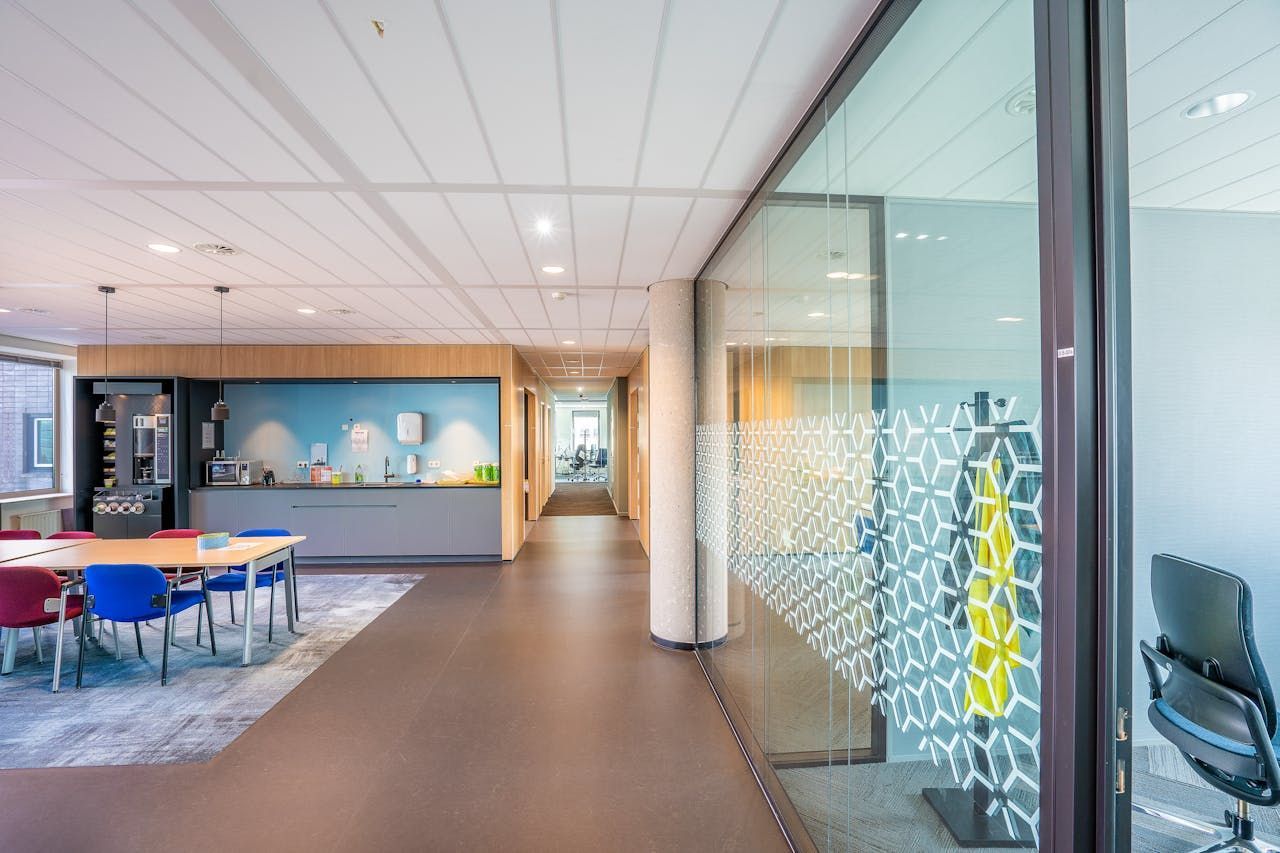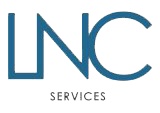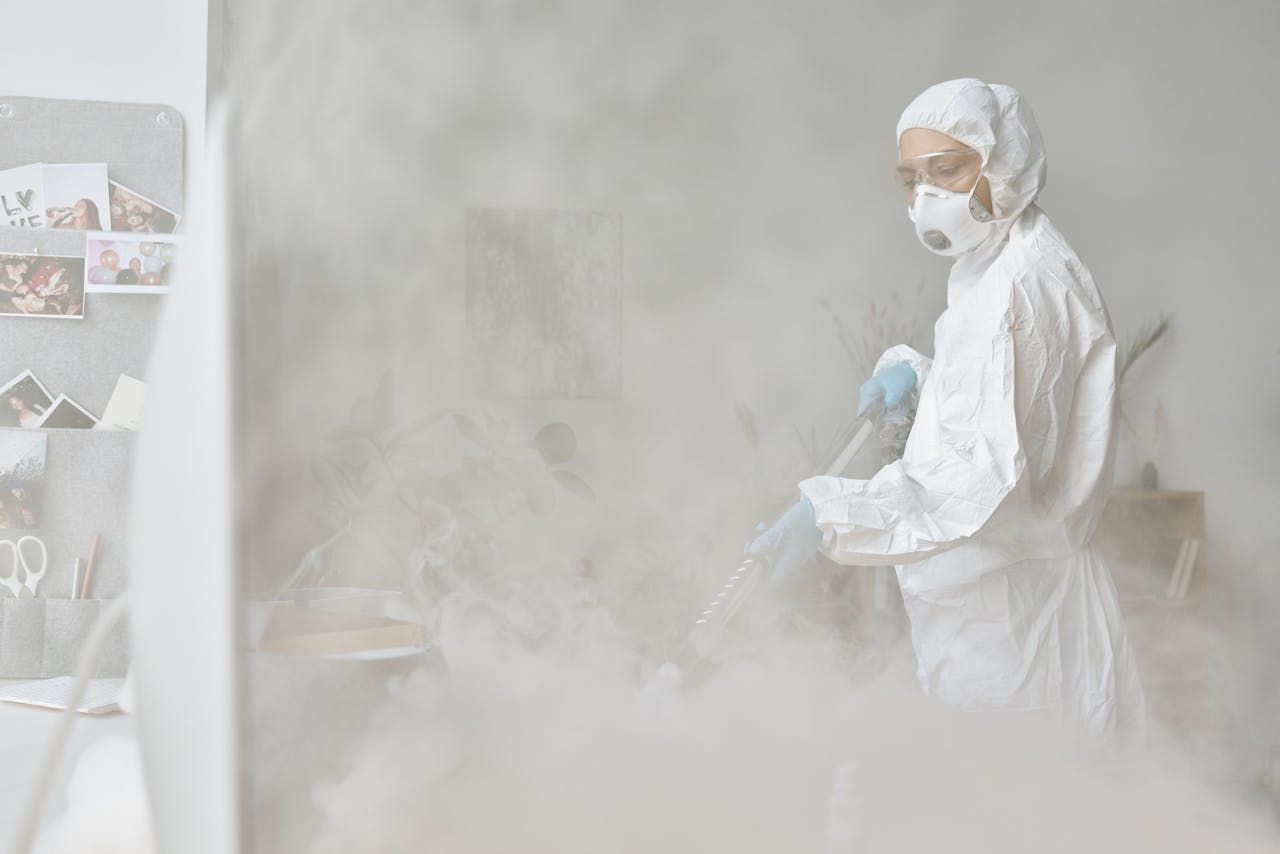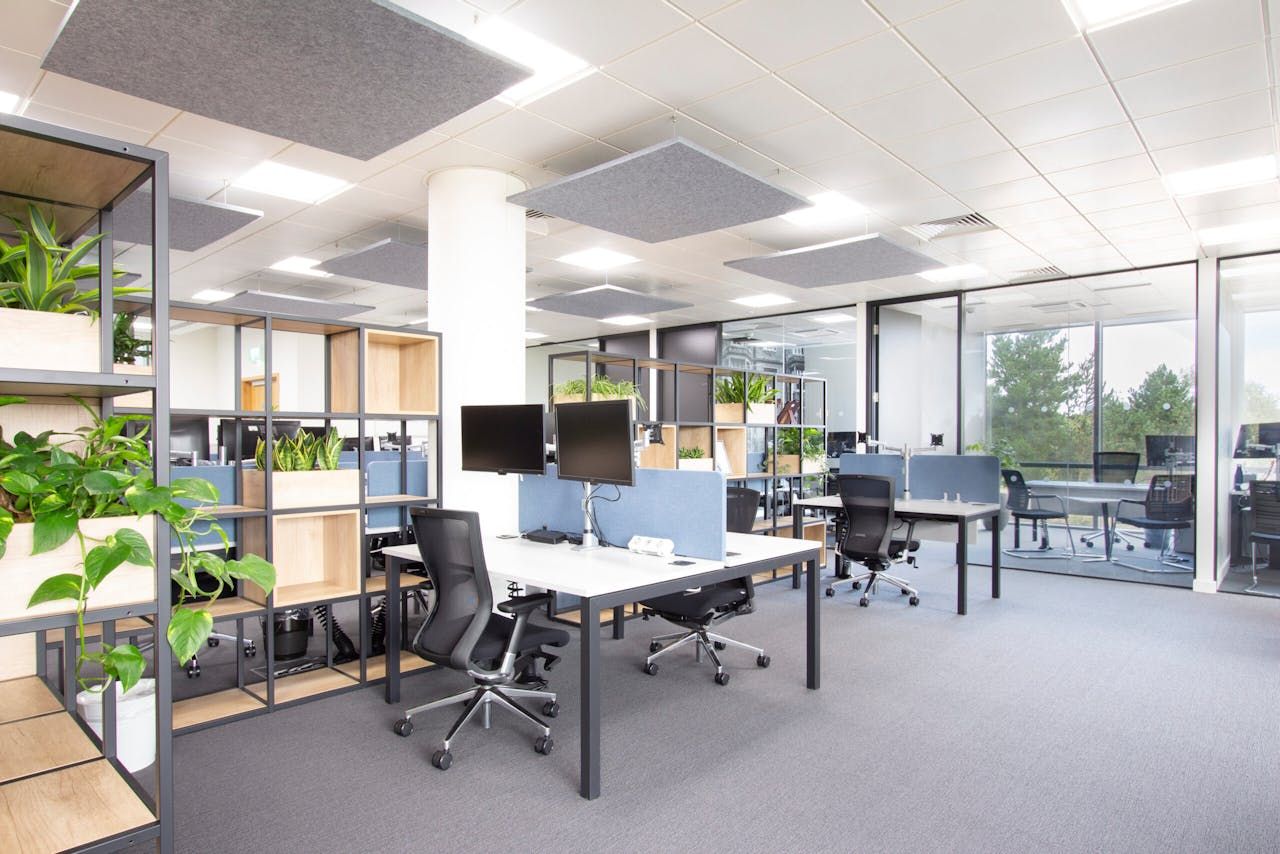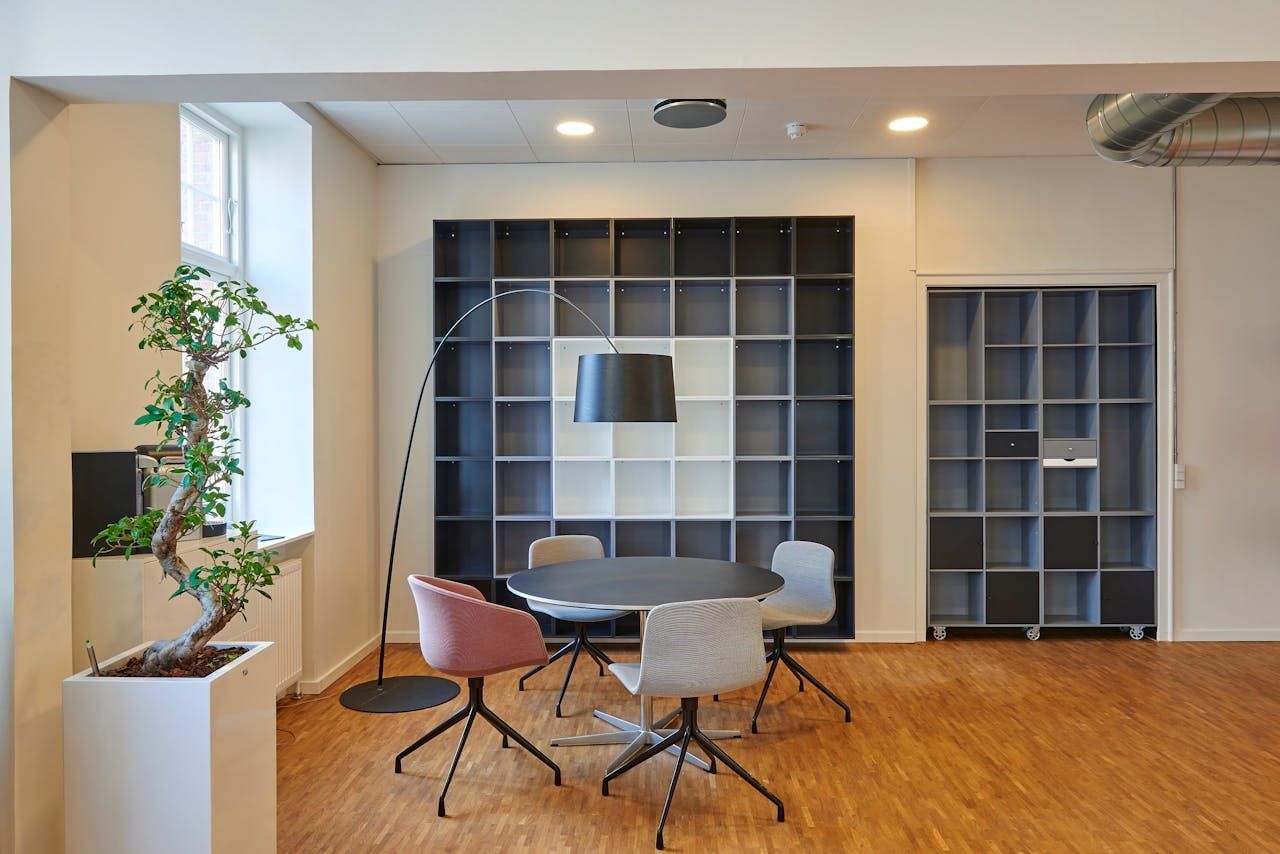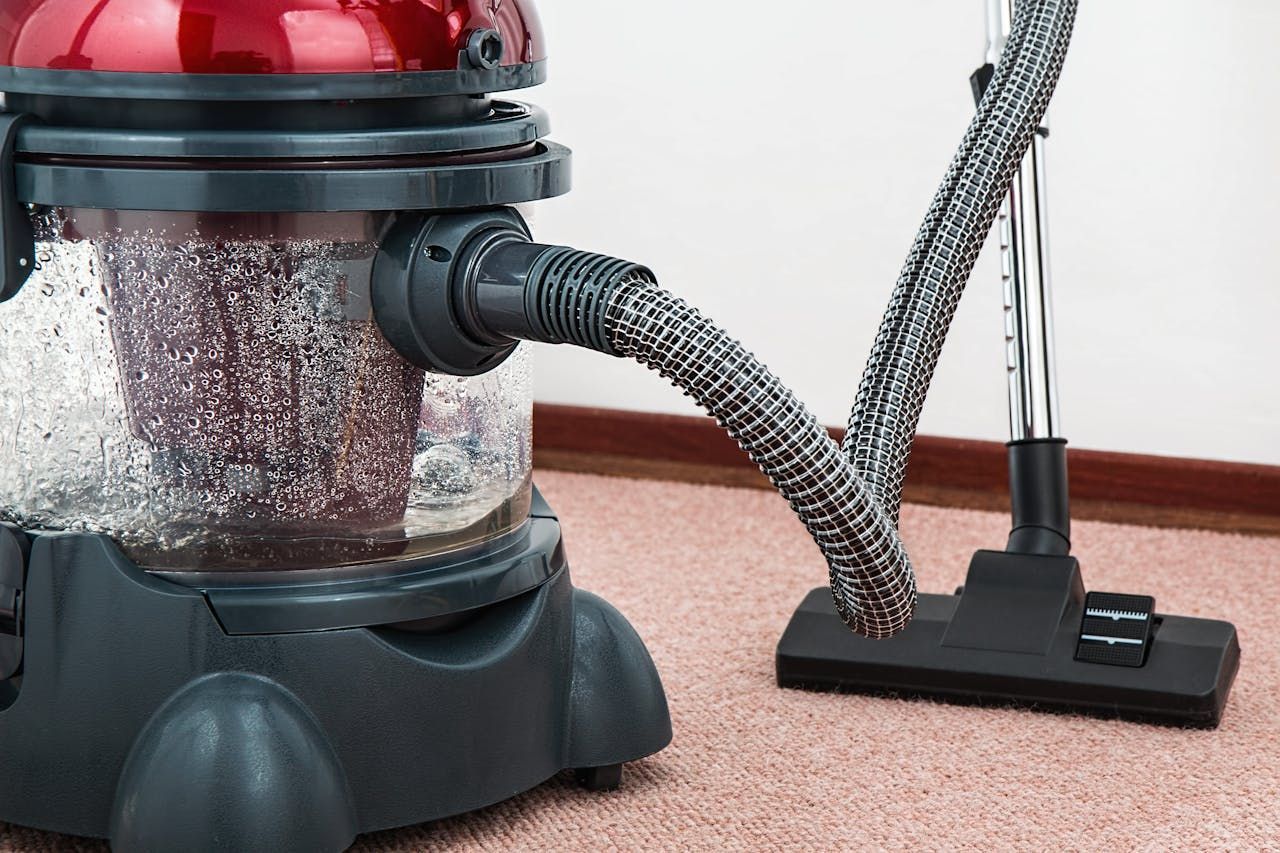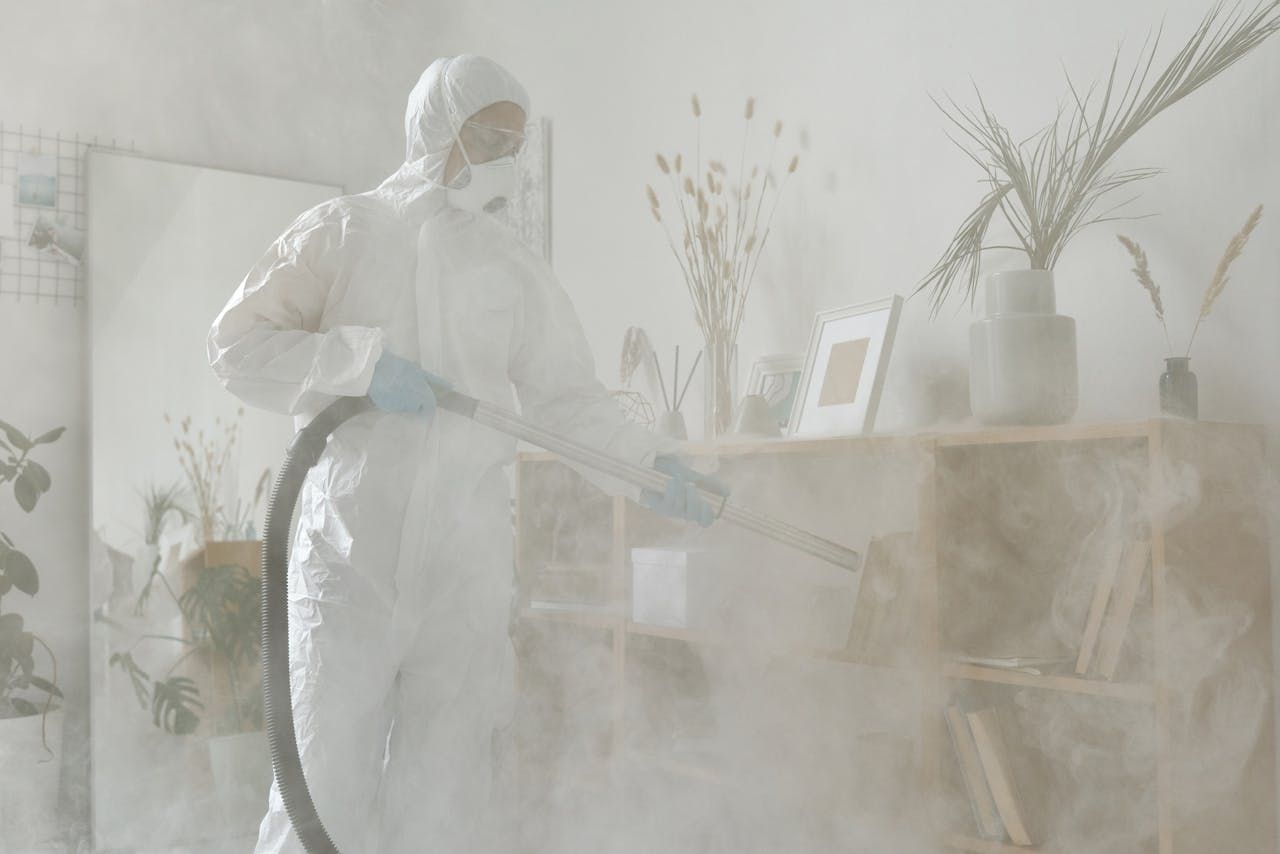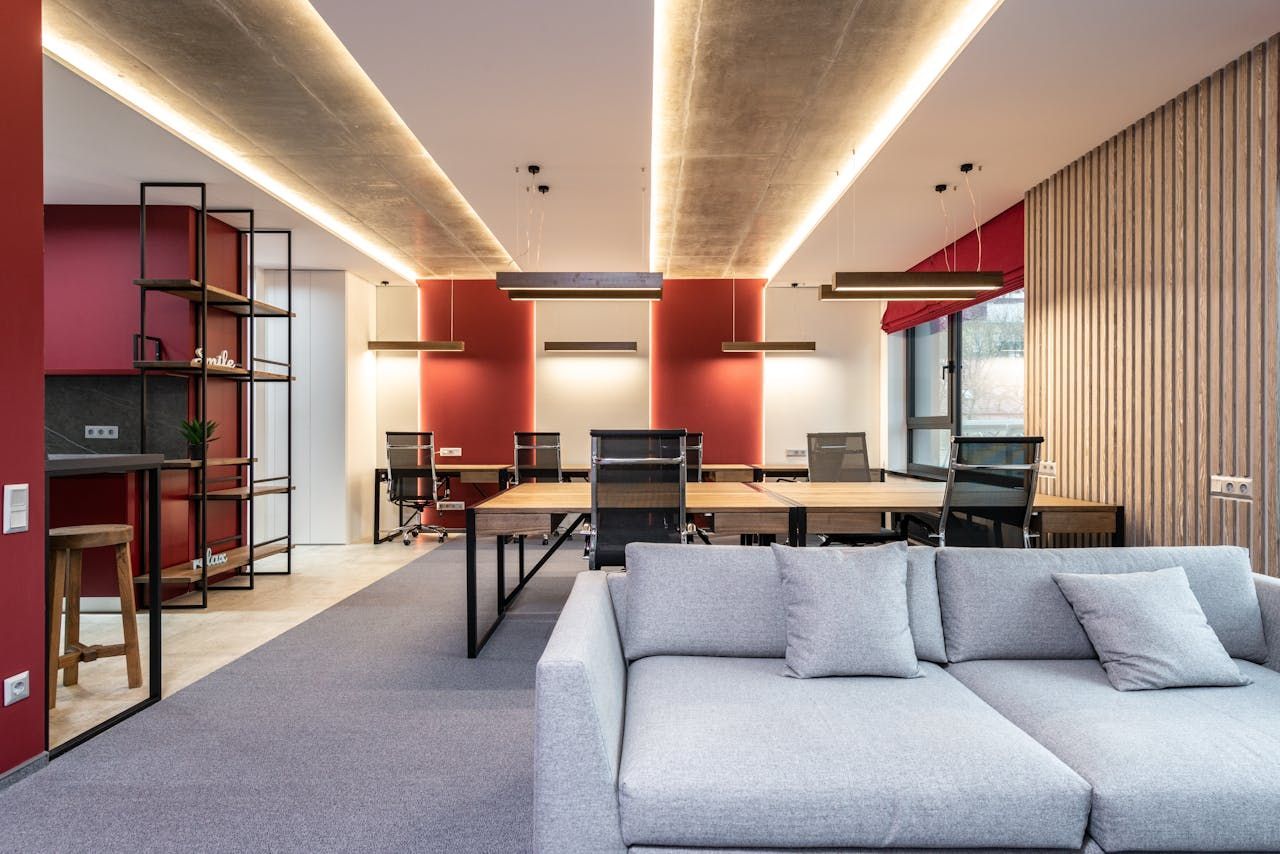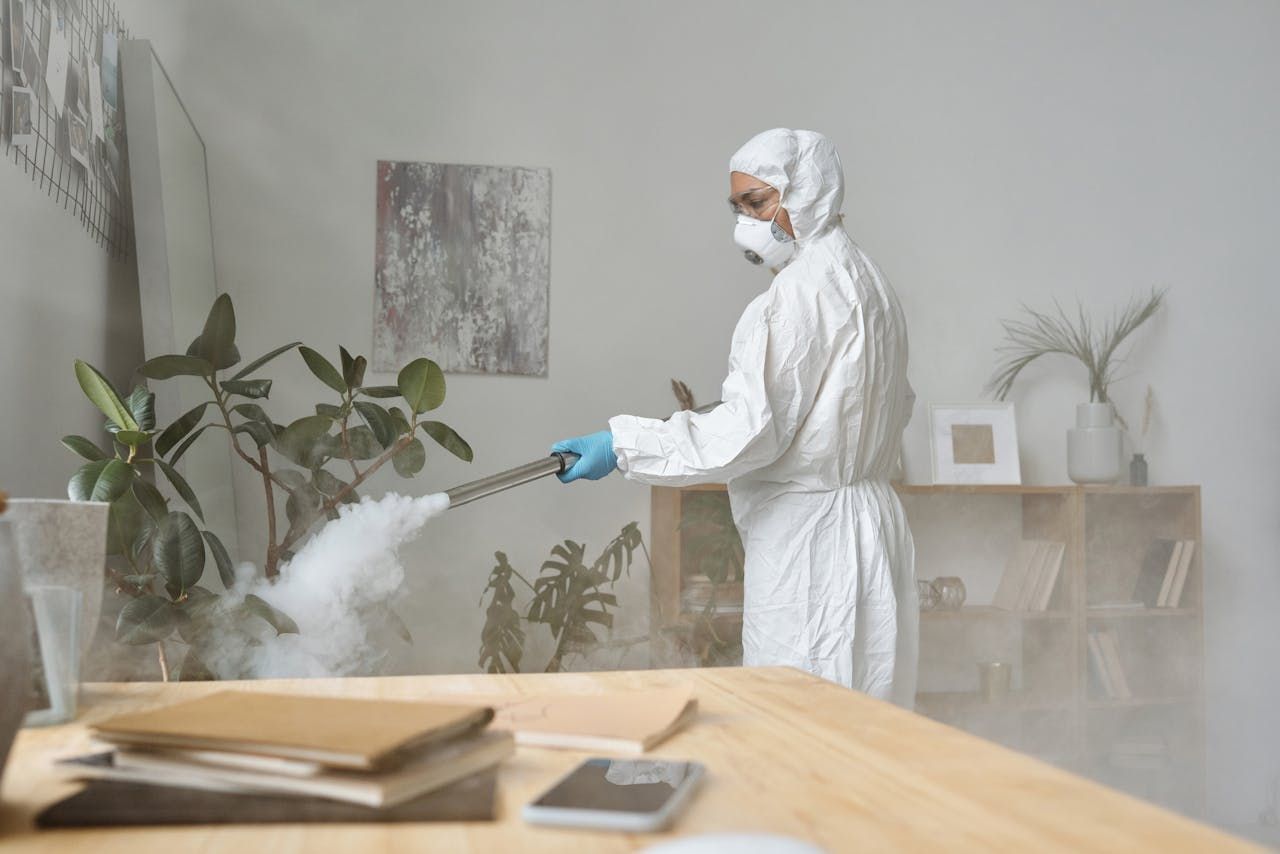It's All Your Fault! The Role of Leadership in Promoting a Clean and Safe Workplace
Who is responsible for a clean, organised workspace? The cleaners? The staff? Leadership?
The answer is all three! But is your leadership style making your office a breeding ground for germs?
The way leadership behaves around matters of hygiene and safety will directly influence employee attitudes and actions about it too. And in some cases, this can inevitably lead to some dangerous cycles of poor workplace hygiene.
So, what should business leaders do to ensure a hygienic and productive work environment? Read on…
Leading By Example
As a leader in your business, there are a few ways to put the phrase ‘lead by example’ into action. This is the most efficient and effective way to manage your team’s attitude to hygiene and workplace health and safety, but it starts with you…
Commitment
It’s essential for you to demonstrate a commitment to safety and hygiene through your own actions, setting a strong example. This can look like keeping your desk tidy and free of lunch debris, recycling in the proper bins or participating in safety training rather than giving it a miss.
Set Clear Expectations
You’ll need to communicate what you want from your team if you want them to understand what’s expected of them regarding cleanliness standards and hygiene practices. This can involve clean desk policies that involve disinfecting the desk spaces at the end of the day or providing clear guidelines for using and cleaning communal spaces.
Providing Resources and Support
Providing the right resources at the right time is your best weapon against poor hygiene and health practices. You can give employees the support they need to maintain clean workspaces with cleaning supplies, training on cleaning techniques and investing in professional cleaning services.
Transparency
Leadership needs to be approachable and open to feedback regarding safety and hygiene concerns - even if it is critical of themselves. Be aware of how you respond to health and hygiene worries or questions, and be open with your team about your hygiene strategies.
Creating a Culture of Cleanliness
One of the most effective ways to create a sense of ownership and responsibility among your team for workplace cleanliness? Involve them in the process!
Encourage your employees to take the initiative. Give them the resources, training and independence they need to maintain hygiene standards in their own spaces such as in cubicles, desks or communal areas. Then give them space to do it themselves, providing helpful feedback to keep standards high.
And of course, it doesn’t hurt to recognise the individuals who consistently maintain high standards. But be sure to assess cleaning practices regularly and identify any glaring areas in need of improvement. Get feedback from employees and stay updated on best practices, and your workplace will be shining with easily maintained cleanliness.
The Benefits of a Clean Workplace
You don’t need to be reminded why a clean workplace is better than a hazardous, disorganised and dirty one, but there are some key benefits many office managers and business leaders overlook when considering just how much of an impact good hygiene has on a team.
Improved Employee Health and Well-being:
A clean and organised workplace can reduce the spread of germs, minimise hazards and promote a healthier environment for your employees. Who wants to work in a grimy, illness-riddled office?
Financial Benefits:
A safe and clean workplace can reduce costs associated with accidents, days off and legal liabilities, which can quickly come to thousands of pounds, if not hundreds of thousands.
Increased Productivity and Focus:
A clean and organised workspace can improve concentration, reduce distractions and even boost productivity, as tidy spaces are
linked to better focus.
Enhanced Company Image:
A clean and well-maintained workplace creates a positive impression on clients, visitors and potential employees (rather than a messy one!)

Boosted Employee Morale: A clean and hygienic environment shows employees that their well-being is valued, leading to increased job satisfaction and motivation to focus on doing what they do best.
LNC Services: Supporting Leaders in Creating a Safer Workplace
The key ingredient to a successful leader? Support! You’re not alone in maintaining a safe and hygienic workplace, and you shouldn’t have to be; cleaning an office or commercial space should not be a one-man job. Upholding professional standards of cleaning means using the professionals, and LNC Services can be a reliable partner in helping you maintain a clean and safe environment.
Our services support workplace safety and hygiene through…
- Deep cleaning
- Regular cleaning and maintenance
- Supply and replenishment of consumable goods
- Sanitary and feminine hygiene units supply
- Carpet cleaning
- Computer, telephone and audio-visual equipment deep cleaning
- Tech and desk cleaning
- Touchpoint disinfection
Our cleaners are talented, passionate and experienced, so you can enjoy some peace of mind knowing that you’ve put your workplace hygiene in the hands of the experts.
Your Role As A Leader…
Leaders play a critical role in shaping the health and safety culture of a workplace. It’s not glamorous, but proper cleanliness is essential if you want employees to be safe, happy and productive in their work spaces.
Looking for professional cleaners to support your team’s cleaning efforts? Get in touch today
for your free commercial and office cleaning quote.
